The era of LinkedIn has completed its transformation into a tool that most people use to expand their network, find business opportunities, or generate leads. It accommodates millions of users all over the globe, so it is a treasure for finding clients, partners, or collaborators. It has become too awkward and unfruitful if accessed manually by such a vast network, but here is where the tools made especially for LinkedIn prospecting step in.
A LinkedIn prospecting tool is a software solution that automates and streamlines the process of finding and reaching out to potential leads. But with so many choices, which one would you like to choose? This guide dives into what you need to look for in a LinkedIn prospecting tool and how these tools can level up your outreach efforts.
What is a LinkedIn Prospecting Tool?
Before getting into details on what you need to look for, first, it is very important to understand what a LinkedIn prospecting tool is and how it can assist in your outreach efforts. In a nutshell, a LinkedIn prospecting tool is intended to help you effectively find, connect with, and engage your prospects on LinkedIn. What it basically does is capitalize on the greatness of the amounts of data held by the network to allow its users to sieve and filter toward specific groups, set up automatically sent connection requests, or create personalized follow-up messages.
Using these tools, businesses and professionals can scale their lead generation efforts, reduce manual work, and optimize outreach strategies. The idea is to keep increasing the scale, ensuring efficiency while still being personal and incorporating the essence of LinkedIn.
Now that we have a general idea of what these tools do, let’s talk about the considerations that will go into choosing the right one.
1. Targeting and Filtering Capabilities
Any LinkedIn prospecting tool should have the capability to target the right prospects. In other words, without a solid targeting and filtering mechanism, you might waste outreach efforts on people who aren’t a good fit for your business. This is a significant blow.
One is the ability to filter LinkedIn based on various profiles like job titles, industry types, locations of work, firm sizes, years of experience with a company seniority in rank, or more. All the more subtle your filters the more precise, and the sooner you will fine-tune what audience you’ll reach. Now, if what you are specifically targeting are decision-makers in some particular industry; it should lead you to screen the said results down to this very target in person.
Using these filters, you’re less likely to send outreach messages that would be irrelevant to the leads and lead to a more meaningful connection. Most tools also save your searches to return to your best strategies later on.
2. Automation Features
One of the greatest purposes of using a LinkedIn prospecting tool is to automate the repetitive tasks. Whereas you may spend hours searching manually for leads, sending connection requests and following up with prospects, automation helps save your time and scales your efforts.
When evaluating a tool, check what automation features it offers. The most basic functions of automation are sending connection requests or messages to multiple prospects in one go. However, there are more advanced tools you can use to automate your follow-up sequences, personalize messages, and even profile visits. This way, you can include a series of steps to automatically follow through with someone who has not responded or even personalize messages over a period of time.
It’s important to note that although automation is very helpful, it should not come at the cost of personalization. A lot of the tools offered can change with dynamic variables, for instance, putting in the recipient’s name or company in the message. This way, even though your outreach is automated, the recipient will feel it’s personal.
3. Personalization Options
Even with this automation, it is personalization that remains at the heart of successful LinkedIn outreach. Sending messages that are vague will rarely earn a positive reply. Prospects want to have the feeling of being reached and understood by whomever extends the reach, and that the person understands one’s needs, interests, etc. This explains why personalization is so necessary.
Look for a LinkedIn prospecting tool that personalizes outreach to your prospect. It can be adding the name of the prospect, referencing his recent shared post, or tailoring your message according to his job role or industry. Other features include custom notes added to profiles and integration into CRM systems so you can track all your interactions with any one prospect.
Personalized messages are much more likely to elicit a response and help you really connect with your prospects. The more options that a tool allows you to make in terms of customization, the more effective your outreach will be.
4. Integration with Other Tools
Efficiency is the key to managing your LinkedIn outreach, so you really do want to pick a tool that melds with what you are using today. Think CRM, email marketing system, or project management tool. Integration can usually help streamline workflow and keep everything organized.
For instance, if your LinkedIn prospecting tool integrates with your CRM, you are able to easily synchronize contact information and track interaction across prospects. This way, you can maintain a full record of your outreach efforts and, consequently, it will be easier for you to follow up and nurture relationships over time.
Even most LinkedIn prospecting tools include some form of integration with the email or calendar platforms. From there, scheduling meetings and emailing follow-up invitations is made almost seamless. Also, the use of an integral tool in terms of another used software means to create a consistent, well-rehearsed process of generating leads.
5. Analytics and Reporting
The performance tracking of your LinkedIn outreach is really important in determining what works and where there can be improvement. Analytics and reporting features are definitely a must for any LinkedIn prospecting tool. This is the only way through which you could monitor the performance of your work, including things like connection request acceptance rates, response rates, and engagement levels.
An ideal tool will generate in-depth reports to help you determine the efficacy of your outreach. For instance, you’ll know how many people accepted your connection request, how many people responded to follow-up messages, and which kind of messages caused more engagement. That’s essential for refining the strategy and making your future outreach even better.
Some tools also support A/B testing features, so you can test various ways of messaging and see which works best. The more data you have, the better you can customize your messaging and targeting to improve response rates.
6. User Experience and Customer Service
However powerful your LinkedIn prospecting tool is, it is almost valueless if it’s very hard to use. A valuable tool should always be user-friendly so you can easily set up and run your outreach campaign. So, look out for a clear, intuitive design with good navigation.
Additionally, customer support is crucial. Even the most well-designed tools can occasionally run into technical issues or require troubleshooting. Choose a tool that offers responsive customer support, whether that’s through live chat, email, or phone. Good support can make a big difference in resolving issues quickly and minimizing downtime.
7. Compliance and LinkedIn Rules
LinkedIn has certain rules and restrictions on automation, and it is essential to make sure that the LinkedIn prospecting tool you are choosing adheres to those rules. If you use an unauthorized tool or are aggressive in automation, your account may be restricted or even banned.
Find a tool that has ethical and compliant use of LinkedIn automation. A tool should feature such things as daily connection request limits or even messaging limits as part of their automated features, all of which will help your outreach efforts while respecting the boundaries that LinkedIn puts forth in their terms of service.
Final Thoughts
Choosing the right LinkedIn prospecting tool can dramatically enhance your lead generation efforts, streamline your outreach process, and improve response rates. The ideal tool for you will depend on your specific needs, goals, and workflow. By considering factors such as targeting capabilities, automation features, personalization options, and analytics, you can select a tool that aligns with your business objectives.
Remember that above everything, it’s the personal touch that will be the make-and-break for making your LinkedIn outreach stand out-while tools do help streamline the efficiency of your activities. The idea is to bridge the power of LinkedIn prospecting tools with authenticity and personalize engagement so you can really forge meaningful relationships in the pursuit.





















